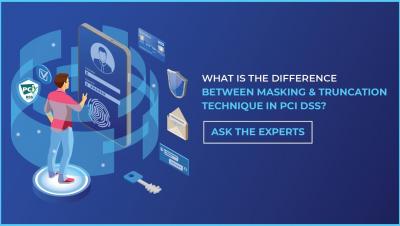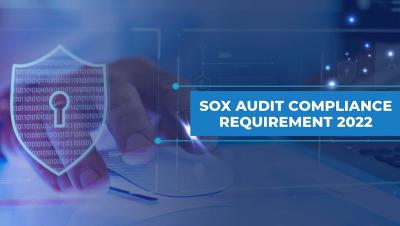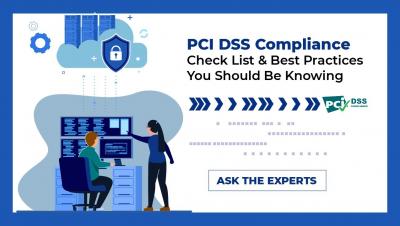CMMC 2 0 Compliance Understanding the Requirements
The new updated CMMC 2.0 version was released to improve the security standard and address the growing cyber risks in the industry. The latest version is updated in a way that the CMMC compliance evaluates the cyber security practices and processes, and certifies a contractor based on their ability to protect the Controlled Unclassified Information (CUI) and Federal Contract Information (FCI) within the supply chain system. Explaining in detail the new additions and changes introduced in CMMC 2.0 Compliance, VISTA InfoSec conducted an informative webinar on “CMMC 2.0 Compliance Understanding the Requirements”.











